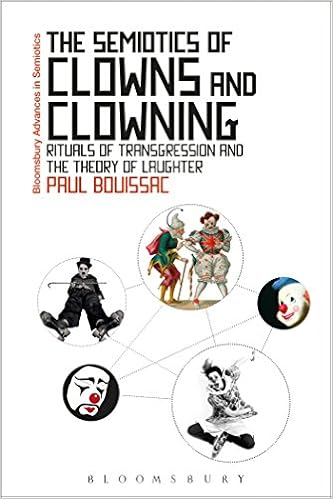
The Semiotics of Clowns and Clowning: Rituals of Transgression and the Theory of Laughter
Paul BouissacDuring the last 300 years circus clowns have emerged as powerful cultural icons. This is the first semiotic analysis of the range of make-up and costumes through which the clowns performing identities have been established and go on developing. It also examines what Bouissac terms micronarratives narrative meanings that clowns generate through their acts, dialogues and gestures.
Putting a repertory of clown performances under the semiotic microscope leads to the conclusion that the performances are all interconnected and come from what might be termed a mythical matrix. These micro-narratives replicate in context-sensitive forms a master narrative whose general theme refers to the emergence of cultures and constraints that they place upon instinctual behavior.
From this vantage point, each performance can be considered as a ritual which re-enacts the primitive violence inherent in all cultures and the temporary resolutions which must be negotiated as the outcome. Why do these acts of transgression and re-integration then trigger laughter and wonder? What kind of mirror does this put up to society? In a masterful semiotic analysis, Bouissac delves into decades of research to answer these questions.
| status | checked out |
|---|---|
| genre | Performance Arts » Circus Arts |
| publisher | Bloomsbury Academic |
| publish date | July 2015 |
| popularity | checked out 0 time(s) |